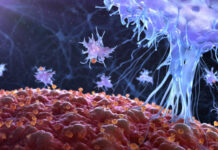Development of visual tools that might help to improve surgery for newborn babies with life-threatening heart disease has been ongoing at King’s College London.
The disease is said to be known as hypoplastic left heart syndrome (HLHS) and any patients with HLHS, the left side of the heart is much smaller than usual and cannot pump enough blood to the body. The early symptoms of HLHS includes difficulty in breathing, weak pulse and blueish skin. Without treatment, babies with HLHS quickly become seriously ill.
The team of scientists that conducted the research said the findings has given surgeons the tools they need to select the best treatment plan for each individual baby and improving their chance of survival.
Dr. Pablo Lamata, a lecturer from King’s College London, said the team has analysed magnetic resonance imaging (MRI) scans and using advanced computer modeling techniques to create a virtual 3D model of the baby’s heart before and after surgery.
He also said that the researchers are aiming to help doctors visualize the shape of each baby’s heart at birth, provide more detailed information on the condition of the heart, and help surgeons monitor how it adapts to surgery. Stating that “Analysing and comparing virtual models of babies’ hearts before and after surgery will help reveal the benefits and drawbacks of different surgical techniques”.
He also hopes that this new technique will help determine the best approach for surgery and how babies might respond.









